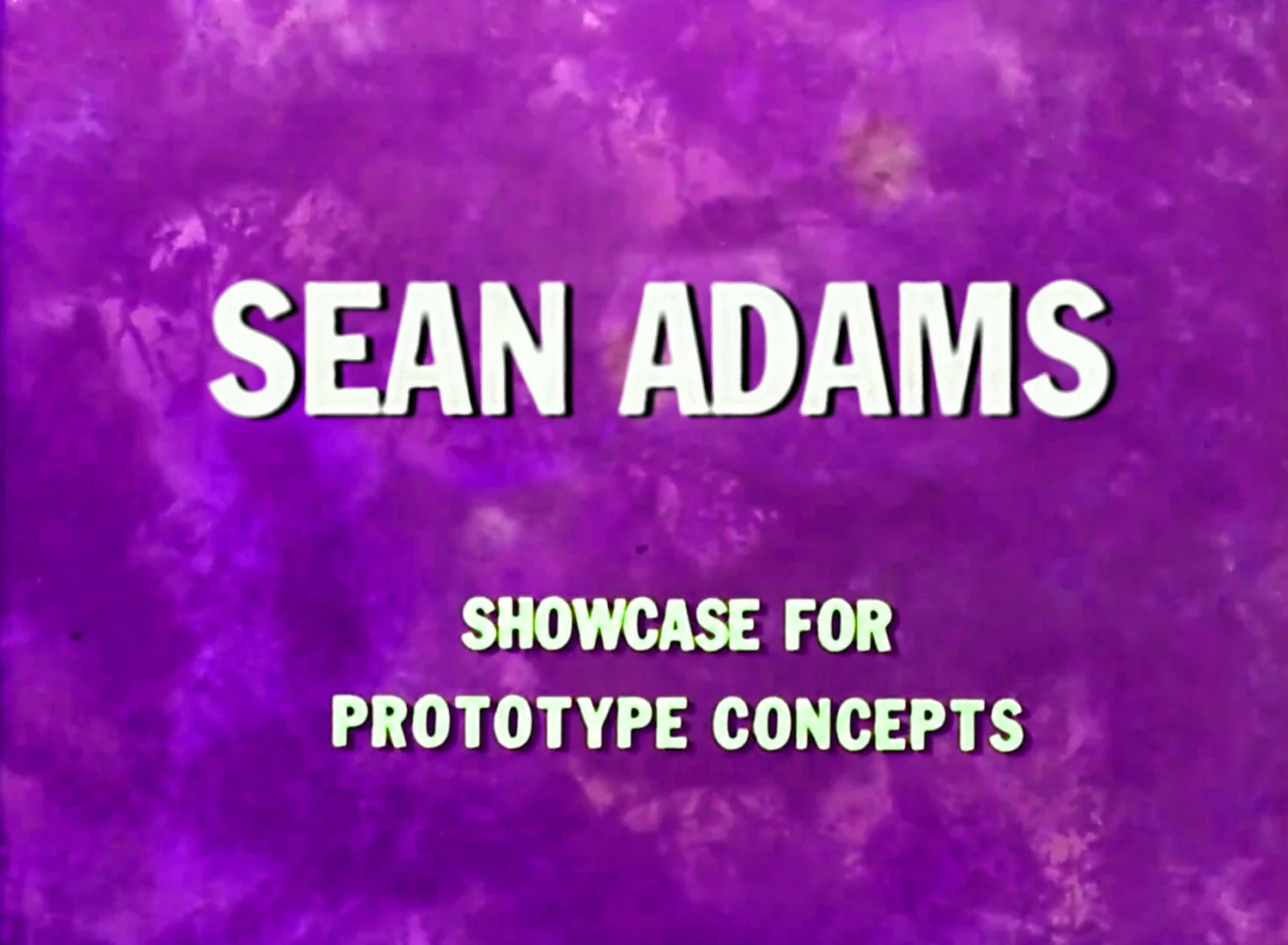The City of Trembling Leaves
It may seem that I spend an eccentric amount of time reading books on American history or novels by Edith Wharton. Yes, that is true, but I recently read Battleborn by Claire Vaye Watkins. It is a collection of stories, most located in the harsh Nevada landscape. Hence the name Battleborn, Nevada’s nickname, and the frequent connections to silver, Nevada: The Silver State. Often I stopped at the end of a paragraph astonished by the remarkable language. The style is unforgivingly sharp, crisp and spare paired with mournful, poetic and florid. As an example in “Ghosts, Cowboys,” she writes:
The coroner’s report noted that her tumors were visible, and in the glaring light of the microscope seemed “like hundreds of hairlike silver ribbons.”
Someone unfamiliar with the Nevada desert might describe Watkins’ stories as desolate and empty people inhabiting a landscape of the same nature. But, the stories are not this. These are people who seemed crushed by the weight of this landscape, trapped and controlled by external fate. They participate in a pre-determined narrative unable to exert free will, and when they do, they simply maintain the plot.
When I was 19, a group of us drove up to Virginia City in the middle of December. We made a short super 8 film, drank too much beer in the gothic western cemetery, and considered ourselves quite sophisticated and cynical. Of course, at 19, most everyone feels this way. We were a group who spent summers together at Lake Tahoe, or driving to clubs in Sacramento and San Francisco. But we had grown apart when we went to different colleges. In Watkins’ story “Virginia City,” she writes:
There are plenty of good reasons to find yourself in Virginia City, but there’s only one reason. We came to time travel.
When I read this, I thought, “Of course. Why did I not see this? That is what that day was.” I was dumbfounded as if I had just learned that the earth was round.
When reading this book, I continued to think of Diane Arbus. Arbus is unrelated to anything in the stories. But she had a magnificent way of photographing the edges of society with a compassionate eye. Watkins could easily have slipped into the tone of an outsider exhibiting the freaks to us. But she manages to maintain the same compassion and connection with her characters.
For me, like my cards, Sad Places for moo.com. this isn’t about poverty or humiliation. It it about giving up, or exerting the smallest effort to exist. It is about the last attempt at happiness, the plastic flowers in the frozen ground.







